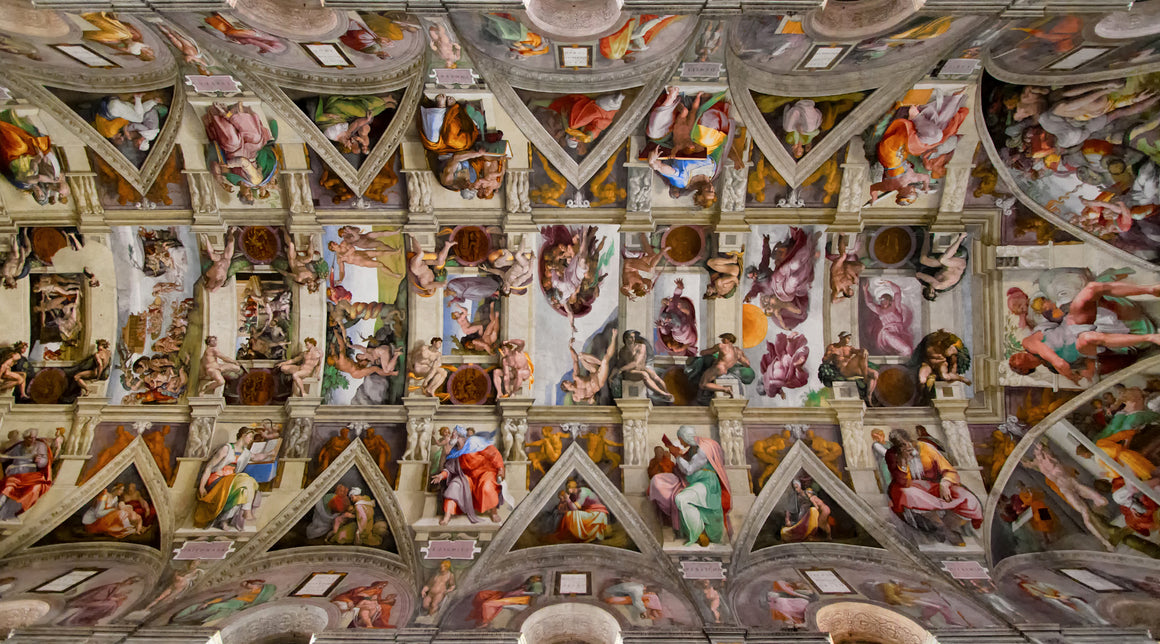Can you imagine a world where Michelangelo’s Sistine Chapel frescoes didn’t exist? Or where Picasso's famous Guernica would disappear? What if we could never marvel at magnificent National Geographic wildlife photography? This is simply impossible. As John Lubbock remarked: “Art is unquestionably one of the purest and highest elements in human happiness. It trains the mind through the eye and the eye through the mind. As the sun colors flowers, so does art color life.” But even something a...
The Importance of Restoration and Conservation in Art and Photography



